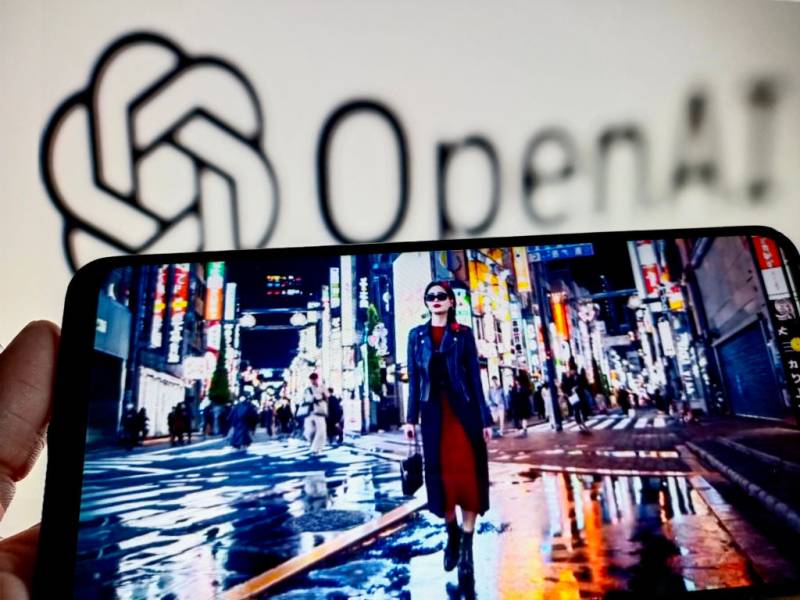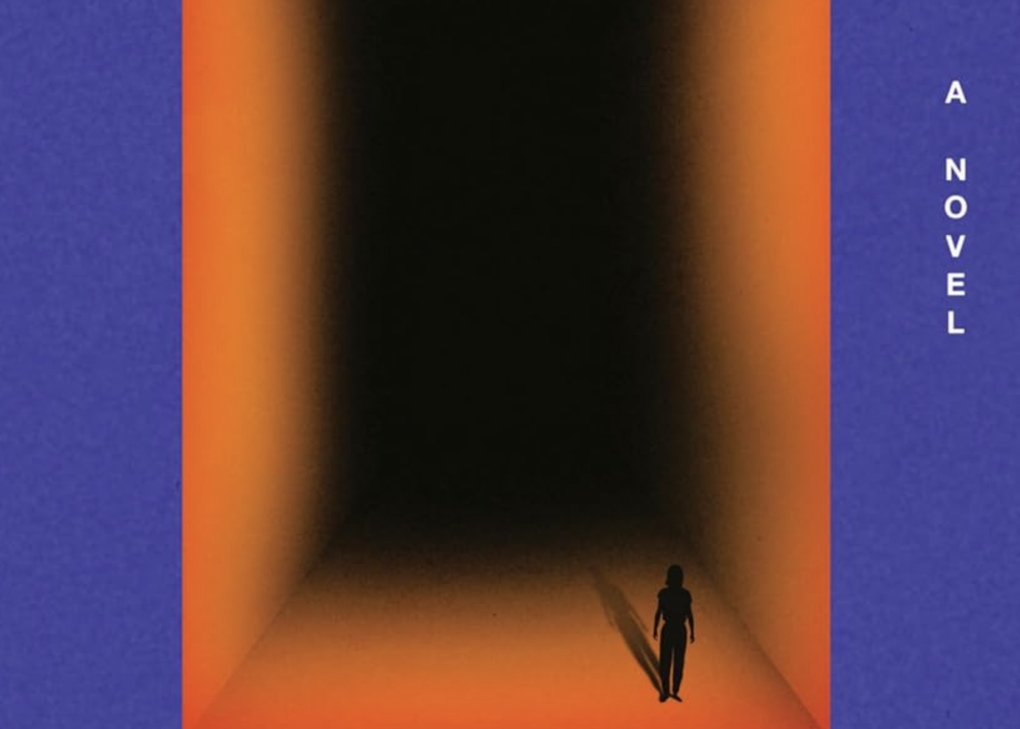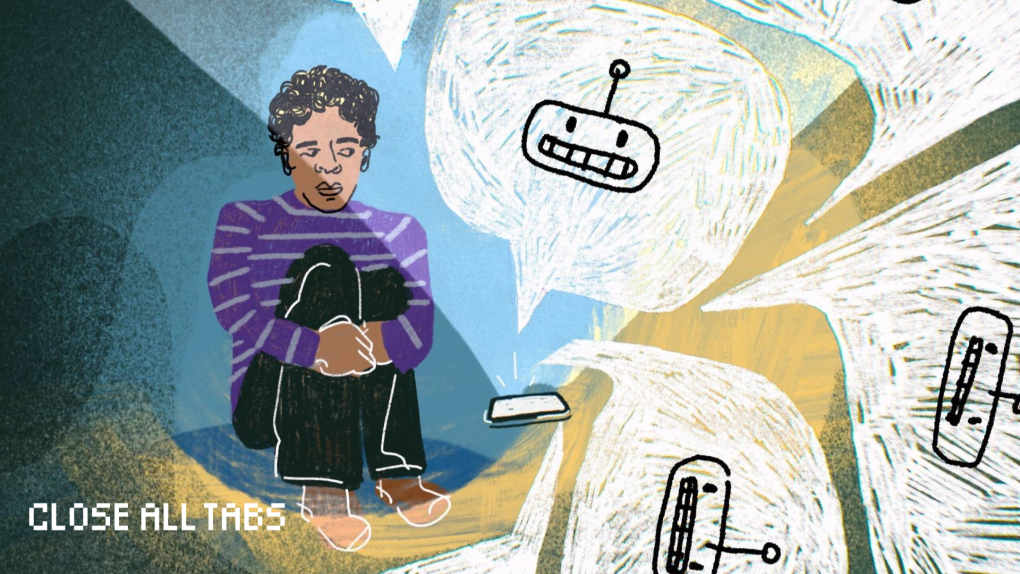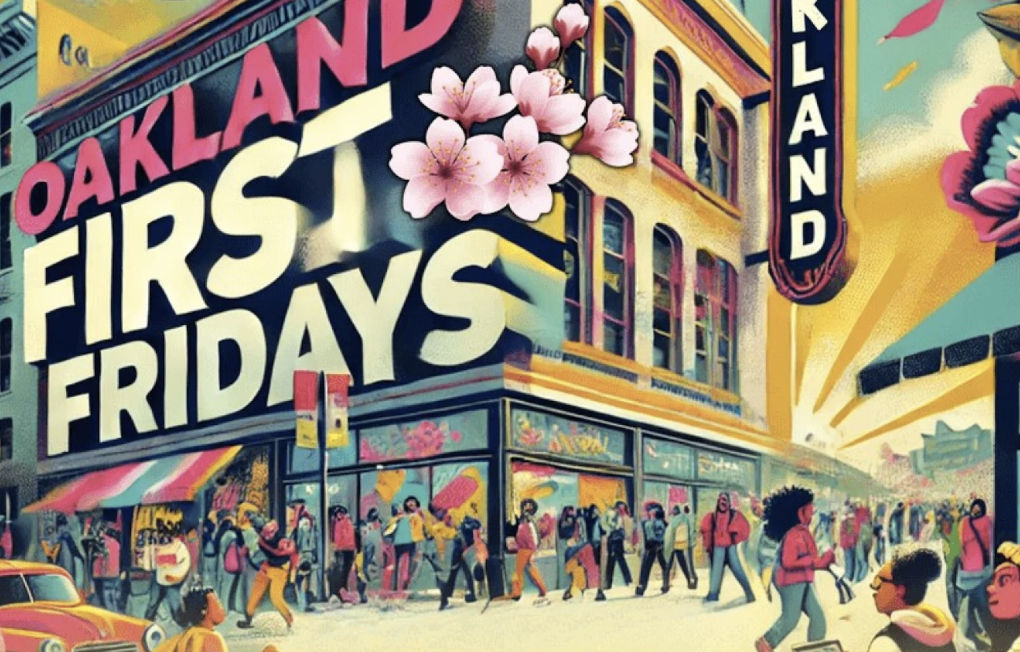“The two things we always struggle with are not enough money and not enough time, and especially not enough money. AI comes in and seemingly offers solutions to both those existential issues, but really, it doesn’t. I think the question that we always need to be asking is ‘At what cost?’” said Antell, who has worked in documentary film for about 25 years, producing work that’s run on HBO, Netflix and Hulu.
Antell and others in the Alliance say they already see documentaries using AI-generated voices of dead people, often to read something they wrote but never recorded. Consider the 2021 documentary Roadrunner, featuring an AI-generated Anthony Bourdain reading his email without disclosing it to viewers. “We can have a documentary-ethics panel about it later,” the filmmaker Morgan Neville told the New Yorker, prompting Bourdain’s second wife, Ottavia Busia-Bourdain, to tweet at the time, “I certainly was NOT the one who said Tony would have been cool with that.”
Documentaries have long used recreations or animations to cinematically evoke historical people, places or things. However, a number of people in the industry cringed when OpenAI introduced its video generation model Sora with clips, including “Historical Footage” of a California Gold Rush Era town.
It looks like a blurry, color drone shot of a Hollywood set for a Western town, inexplicably free of women and children, or any non-white people, sitting alongside a brook free of garbage and gold mining pollution common in the mid-19th century. Such a clip might add a vaguely evocative touch to a documentary, but this AI-generated vision veers quite far from what an actual California Gold Rush town would look like.
“Some things that are legal are not necessarily ethical,” said Alliance Co-Director Stephanie Jenkins, a documentary and archival producer in Hudson, New York, who’s primarily worked on historical documentaries for PBS, as well as the New York Times series Op-Docs and WNYC’s Radiolab. “Some things that are ethical aren’t necessarily legal. Part of our work is educating documentary filmmakers about where those lines are currently and how they may change.”
The guidelines are not concerned with minor alterations, like retouching, restoration, or playing with the resolution of individual items. Rather, the Alliance is concerned with alterations that could “mislead the audience” and introduce noise into the historical record.
The Alliance is also concerned with the potential for a massive data grab, similar to what’s happening to the field of journalism.
“Most of what archives have is not digitally accessible,” Antell said, noting that companies developing the large language models are “going to the archives and saying, ‘We’ll digitize your material for free in exchange for being able to scrape it.’ It’s an immediate gain for the archives, which are mainly small and struggling for their survival. But it’s very shortsighted. It’s a Faustian bargain. Their metadata, that’s much more valuable than the actual material, and so, their long-term ability to survive is really compromised.”



